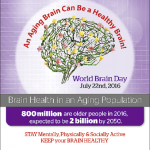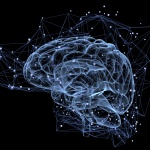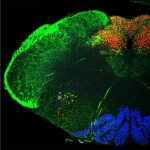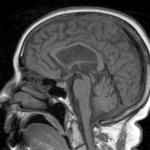
Article • Neurological diseases
No health without brain health
A largely aged population is already a reality in some countries, and this will become a worldwide problem by 2047, when the number of the Earth’s old people is likely to surpass the number of young people.


























